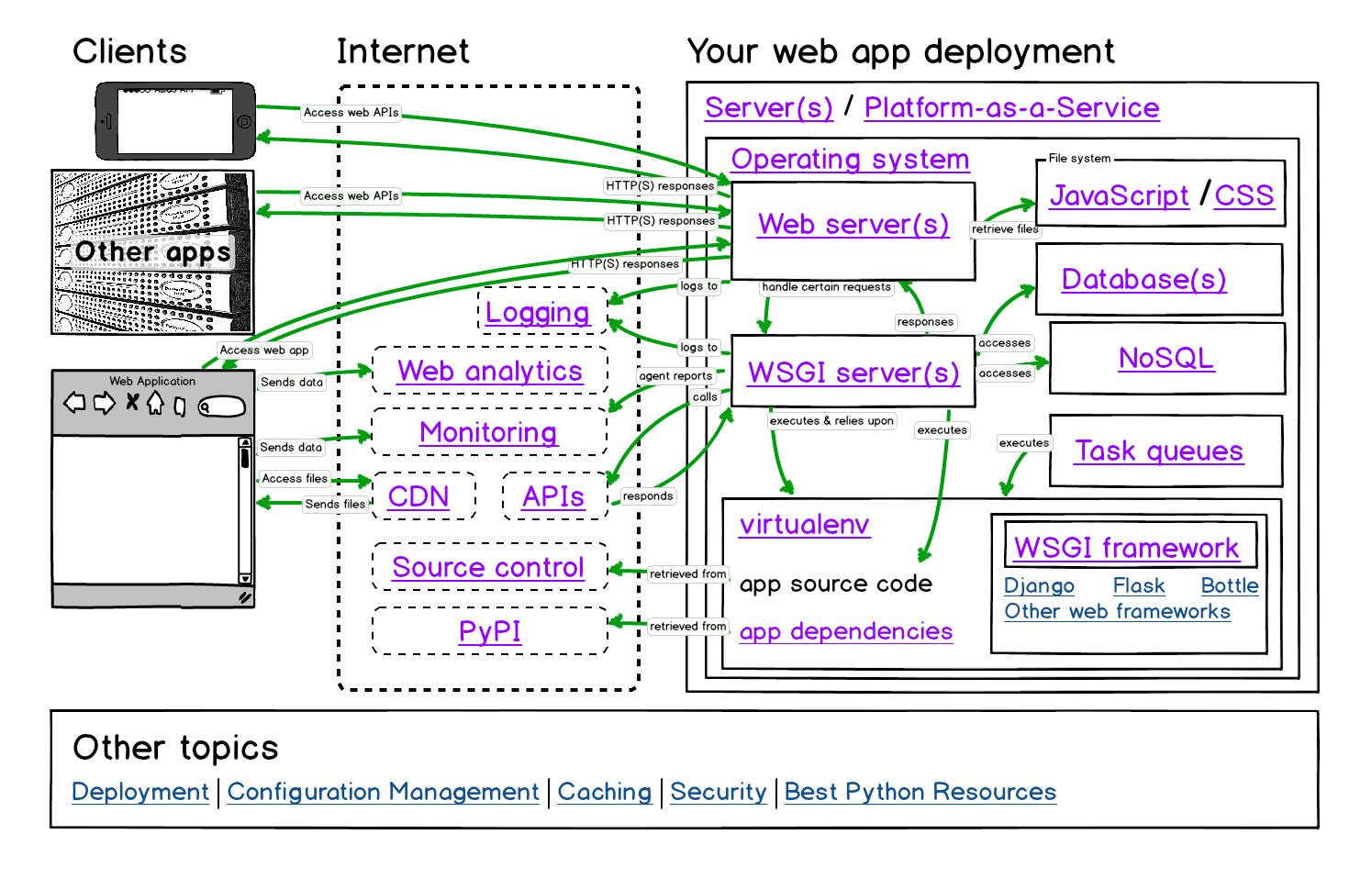

In my case, nohup should have prevented hangup signals from reaching the application, but the child application (VMWare Player in this case) was resetting its SIGHUP handler. Although nohup is useful, especially with non-interactive shells, it only guarantees this behavior if the child process does not reset its handler for the SIGHUP signal. Running zsh in gnome-terminal, I found that nohup & did not prevent my shell from killing child processes on exit. The best and most robust, but rather cludgy, way is like so: gnome-terminal -e "vim $(printf "%q " these answers, I was under the initial impression that issuing nohup & would be sufficient. You'd have to encode your arguments into one. It's really difficult to get multiple arguments working properly in the scenario that you gave (with the gnome-terminal -e) because -e takes only one argument, which is a shell command string. Use $1 to show that your script can only handle one argument. That's probably not what you want because -e only takes one argument. , which would turn your command into: gnome-terminal -e "vim $1" "$2" "$3". Oh, and by the way, don't use " where you're using means, $1, $2, $3. With screen you can just close your running shell when the process' output becomes a bother and open a new one ( ^Ac). But for interactive processes you start but forgot to silence ( firefox /dev/null &) you can't do much, really. To manage a background process' output, you have plenty of options from scripts, "nohup" probably being the first to come to mind.

The process itself can decide whether to close its stdout/stderr/stdin or not, but you can't use your shell to force it to do so. Your shell has no business with the processes' FD setup, that's purely something the process itself manages. If you launch your process and tell it that its stdout is your terminal (which is what you do by default), then that process is configured to output to your terminal. What you can't do, is change the stdout/stderr/stdin of a process after having launched it. Unlike nohup, disown is used after the process has been launched and backgrounded. What this basically means is that you can't use fg, bg on it anymore, but more importantly, when you close your shell it won't hang or send a SIGHUP to that child anymore. Because of the way nohup works, you can't just apply it to a running process.ĭisown is a bash builtin that removes a shell job from the shell's job list. However, you need to have had the foresight to have used it before you started the application.

Nohup is a program you can use to run your application with such that its stdout/stderr can be sent to a file instead and such that closing the parent script won't SIGHUP the child. To run it in the background silenced, use this: firefox /dev/null & You can start a process as backgrounded immediately by appending a "&" to the end of it: firefox & It's now a "job", and its stdout/ stderr/ stdin are still connected to your terminal.

First of all once you've started a process, you can background it by first stopping it (hit Ctrl- Z) and then typing bg to let it resume in the background.


 0 kommentar(er)
0 kommentar(er)
